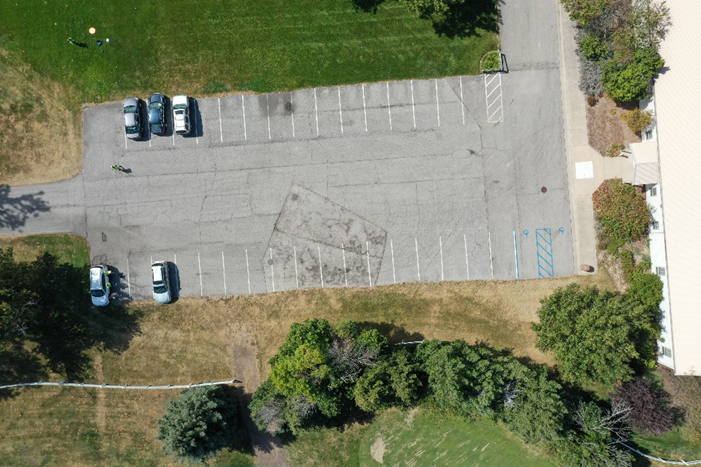ArcGIS Earth Familiarization
Kendrick Wittmer
10/3/2024
ArcGIS Earth is a geospatial mapping and analysis tool that is infinitely useful to those in the UAS field. ArcGIS can be used to analyze data from a number of remote sensing platforms and software. Examples of platforms that can use ArcGIS to analyze data include but are not limited to Skydio S2 or X10 with the Skydio enterprise software and the DJI Mavic and Matrice platforms using Pix4D. ArcGIS also provides an advantage in UAS mission planning, allowing the user to access precise location and altitude data for potential mission sites. While there are numerous uses for the software, it is a bit complicated for a beginner to use. The goal for this lab was to gain a base familiarization with the software and a few of its tools.
Profile Tool
The Profile tool located under the interactive analysis tab allows the user to draw one or multiple lines across a surface on a map and will provide a graph displaying the change of elevation along the line. This example demonstrates the change in elevation across the Wabash River valley in the Greater Lafayette area. In regard to mission planning, the elevation profile can be used when planning a 3D mapping mission of an area with changes in elevation. Knowing what the maximum elevation of the terrain being mapped is important when determining factors such as scan altitude or perimeter gimbal angle to ensure an accurate depiction of the surface is captured.
The viewshed tool is primarily useful for UAS planning purposes. This tool allows the user to visualize what surfaces are visible within a 3-dimensional line of sight. The above image depicts what surfaces may be visible from a UAS at approximately 30m AGL at a camera angle of 20 degrees. Range, position, and attitude can all be adjusted via sliders. Blue shaded areas indicate visible surfaces, whereas purple indicates surfaces not visible.
As previously mentioned, in addition to public satellite data ArcGIS Earth also allows users to map and analyze UAS data. Users can either upload their own data or access pre-existing data within one's organization. Pictured above are two scans of Martell Forest uploaded into ArcGIS Earth from the Purdue University organization files. The first one is an RGB image, and the second a thermal image of the forest. The thermal image can reveal several factors not apparent in the RGB image. For instance, most areas of tree cover in the RGB image appear to be relatively uniform, whereas the thermal image indicates areas of darker shading within the tree cover. Darker shades indicate less radiant energy being reflected by the surface; therefore, it is likely that these darker shades indicate areas of more dense tree cover.








Comments
Post a Comment